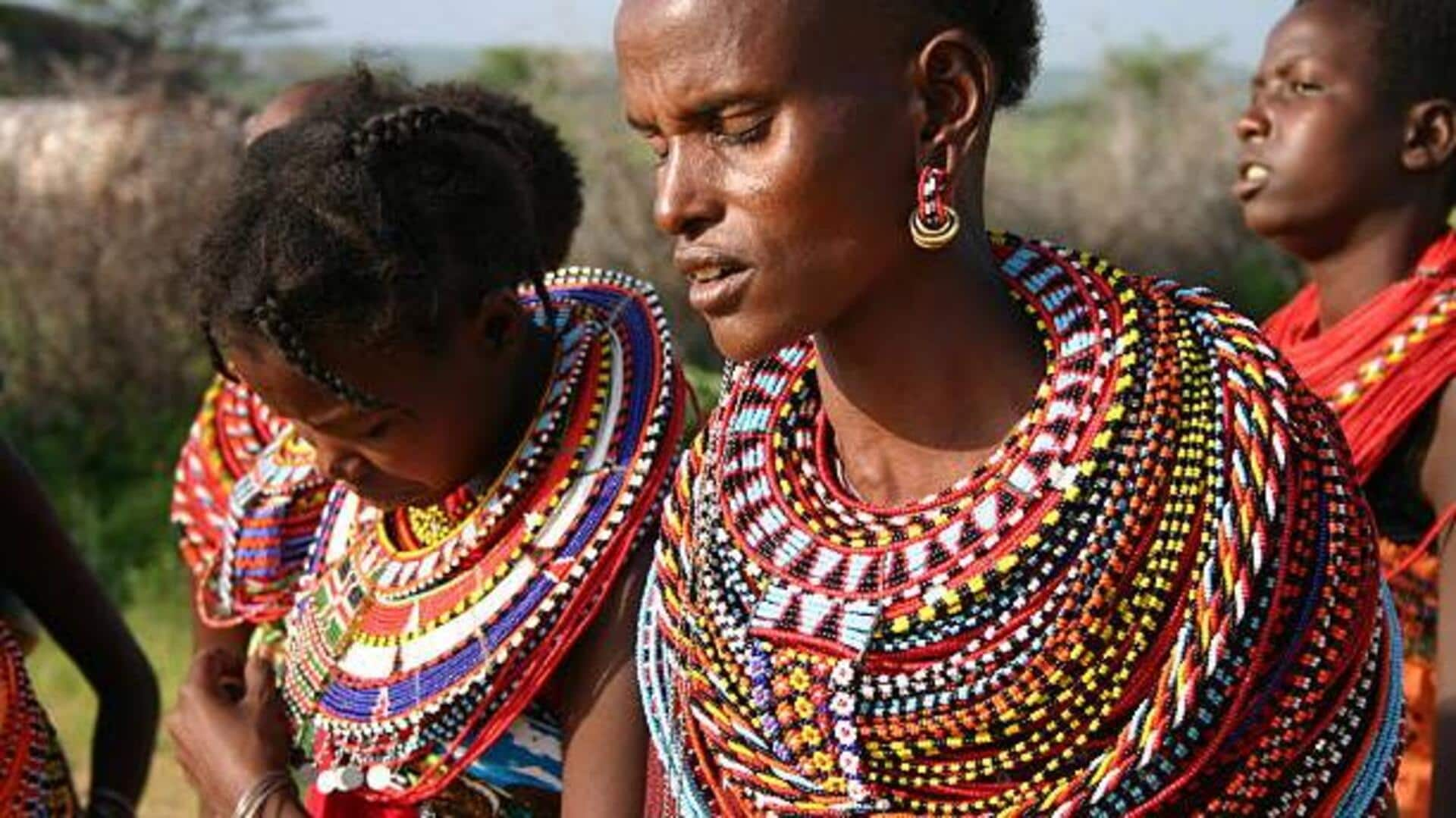
Exploring Tanzania's wedding beadwork traditions
What's the story
Tanzania's wedding beadwork traditions are an interesting part of its cultural heritage. These intricate designs are not merely decorative but carry a lot of meaning and symbolism. The beadwork is commonly seen in bridal attire, jewelry, and accessories, highlighting the artistry and craftsmanship of Tanzanian artisans. Each piece narrates a story, mirroring the values and beliefs of the community. Here are all their facets.
#1
Symbolism in bead colors
In Tanzanian wedding beadwork, colors are used to send messages across. Each color represents different elements like love, prosperity, or fertility. For example, red beads may represent passion and strength while green may signify growth and harmony. Knowing about the color meanings helps in appreciating the depth of thought that goes into making each piece.
#2
Techniques used by artisans
The techniques that Tanzanian artisans employ to create wedding beadwork are passed down through generations. These methods involve meticulous handcrafting skills that require patience and precision. From threading tiny beads to forming complex patterns, every step is executed with care to ensure the final product is both beautiful and meaningful.
#3
Role in bridal attire
Beadwork forms an essential aspect of bridal attire in Tanzania. It decorates dresses, veils, and even footwear that brides wear on their big day. The patterns usually feature traditional motifs that signify blessings for a happy marriage. This adornment not just makes the bride look stunning but also keeps her connected to her roots.
#4
Economic impact on communities
The economical impact of creating wedding beadwork for local communities in Tanzania is huge. Several artisans depend on this as their only source of income. By safeguarding these traditions and promoting them in tourism markets or local events like weddings, communities can not only remain financially stable but can also keep their culture alive.